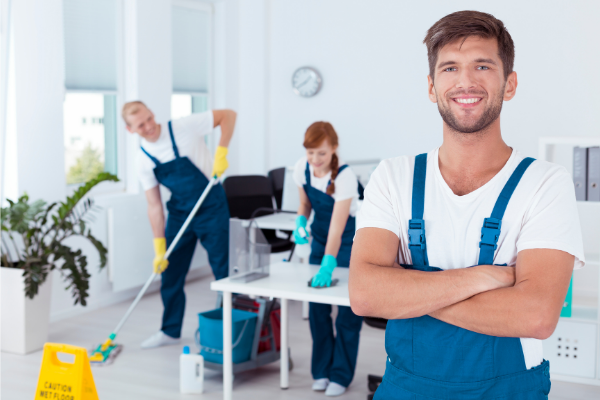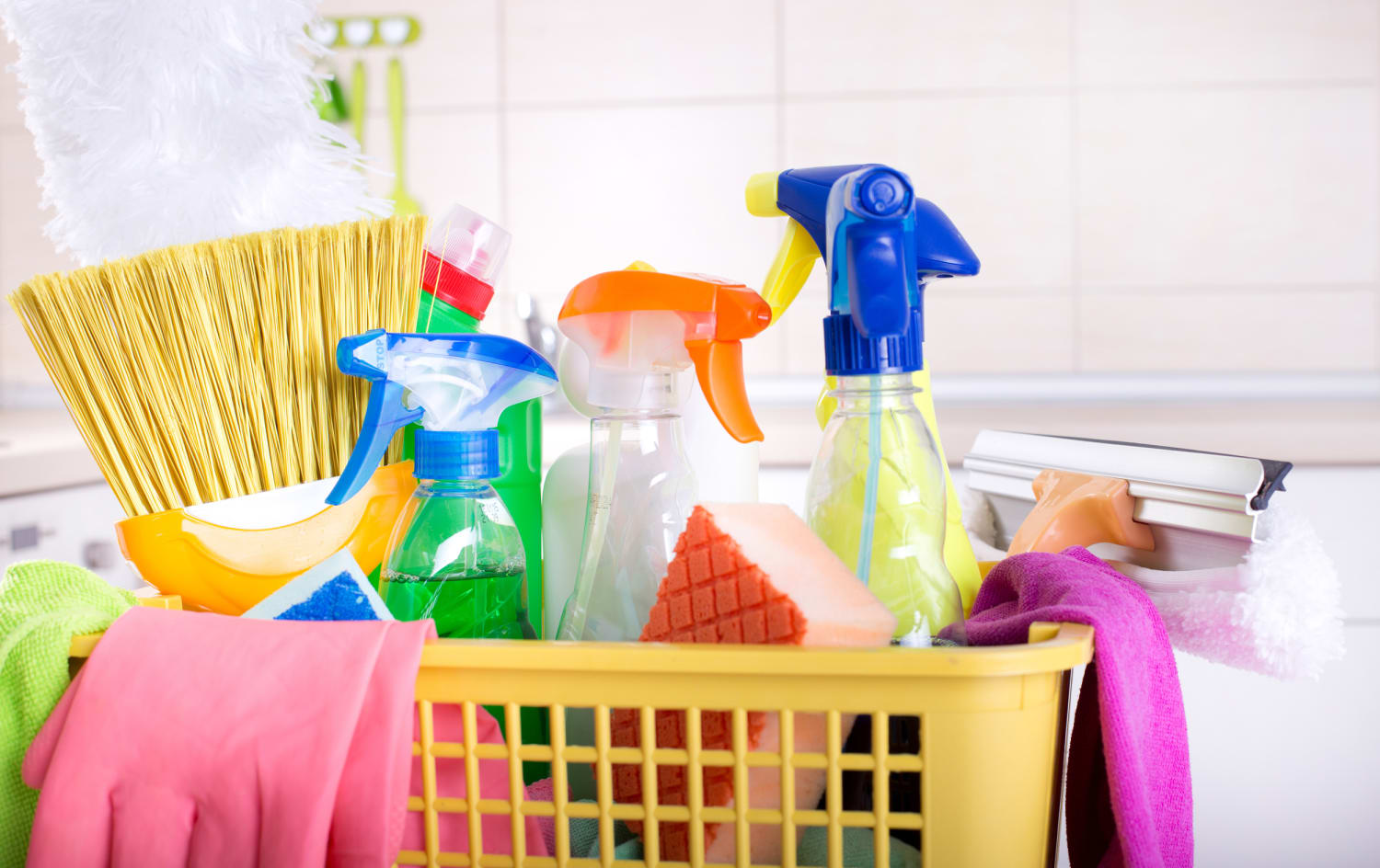Just how to Keep Your Home Clean: Everyday Cleaning Tips for Defrosted and Cleaned Every Few Months
Just how to Keep Your Home Clean: Everyday Cleaning Tips for Defrosted and Cleaned Every Few Months
Blog Article
Comprehending the Demand for Completely Sanitizing and Sanitizing Often Touched Surfaces in High-Traffic Areas
In the world of public wellness and safety and security, the meticulous disinfection and sanitization of frequently touched surface areas in high-traffic locations stand as extremely important measures in avoiding the spread of hazardous pathogens. By exploring the numerous elements of surface disinfection, from the risks linked with ignoring cleaning protocols to the reliable techniques that can be utilized, a clearer understanding arises of the crucial role these practices play in guarding public health and wellness.
Significance of Surface Sanitation
Highlighting the comprehensive sanitation of high-traffic surface areas is essential in keeping a sanitary environment and protecting against the spread of damaging pathogens. High-touch surface areas such as door deals with, light buttons, elevator switches, and counter tops offer as breeding premises for infections and bacteria. Routine disinfection of these surfaces is vital to reduce the danger of contamination and transmission of diseases.
By applying a robust sanitation protocol, organizations and companies can develop a much safer setting for customers, visitors, and workers. Appropriate surface area sanitation not only reduces the spread of transmittable diseases however additionally infuses confidence in the tidiness and security of the properties. This aggressive approach demonstrates a commitment to health and wellness and health, which is specifically important in high-traffic areas where the possibility of direct exposure to microorganisms is enhanced.
In addition, surface disinfection plays a vital duty in total infection control approaches. Combined with hand hygiene practices, wearing masks, and maintaining physical distancing, extensive disinfection of high-touch surfaces develops an extensive defense versus the transmission of hazardous bacteria. Prioritizing surface disinfection is an important component of a holistic approach to health and safety and security in common rooms.
Dangers of Ignoring Cleaning Practices
Overlooking comprehensive disinfection of high-traffic surface areas dramatically enhances the danger of viral and microbial contamination, posturing a severe danger to the health and wellness of individuals often visiting these areas. Failure to apply correct cleaning practices can bring about the build-up and spread of damaging pathogens, consisting of infections and germs, on frequently touched surface areas such as doorknobs, handrails, lift buttons, and kitchen counters.

Additionally, disregarding the relevance of complete cleaning not just jeopardizes the health of individuals but likewise undermines initiatives to maintain a tidy and hygienic atmosphere. It is crucial to identify the significance of correct disinfection procedures in avoiding the spread of infections and securing public wellness.
Effective Sanitation Methods
To keep optimal tidiness and reduce the danger of contamination on high-traffic surface areas, employing efficient sanitation methods is crucial. One of the most usual and efficient disinfection techniques is making use of chemical anti-bacterials. These products can vary in toughness and make-up, with some targeting details virus like viruses or microorganisms. It is critical to comply with the supplier's instructions for proper dilution, contact time, and ventilation when making use of chemical anti-bacterials to ensure their effectiveness - defrosted and cleaned every few months.
Another effective method is using UV-C light. UV-C light has been shown to be effective in killing a wide array of microorganisms by disrupting their DNA structure, hence stopping them from reproducing. It is important to use UV-C light properly, making certain that the appropriate intensity and direct exposure time are used to attain the wanted sanitation outcomes.
In addition, employing steam cleansing as a sanitation technique can be extremely efficient, specifically on surfaces that are heat-resistant. Steam can permeate porous surface areas and eliminate germs, infections, and various other pathogens successfully. When making use of steam cleansing, it is essential to ensure that the surface area gets to the required temperature level for a sufficient quantity of time to ensure proper sanitation.
Effect On Public Wellness
The upkeep of high criteria of tidiness and disinfection on high-traffic surfaces plays an important duty in guarding public wellness. Often touched surfaces in locations with high footfall, such as doorknobs, handrails, elevator switches, and restroom facilities, work as reproducing grounds for harmful pathogens. Stopping working to appropriately sanitize these surface areas can cause the fast spread of contagious conditions within neighborhoods. By carrying out extensive sanitation protocols, the threat of transmission of infections, microorganisms, and other germs can be dramatically decreased.
Reliable hygiene techniques not only shield people from dropping sick but likewise add to the general health of culture. Public wellness authorities emphasize the significance of preserving tidy settings to avoid episodes and have the spread of diseases. see here In high-traffic locations like airports, institutions, medical facilities, and public transportation systems, the impact of strenuous disinfection procedures can not be downplayed. Prioritizing the sanitization of frequently touched surfaces is a positive approach to advertising public health and enhancing the safety and security of individuals in shared spaces.
Executing Normal Cleansing Protocols
Quickly instituting and sticking to a constant routine of cleaning protocols is extremely important for maintaining the tidiness and security of high-traffic surface areas. Routine cleansing procedures are crucial in protecting against the build-up of germs and microorganisms on frequently touched surface areas, especially in areas with high foot website traffic. By executing a systematic strategy to cleaning, organizations can effectively lower the danger of disease transmission and develop a healthier setting for staff members, customers, and the general public.
To develop an efficient cleansing timetable, it is important to identify high-traffic locations that call for frequent attention. These areas might consist of doorknobs, hand rails, lift buttons, washroom facilities, and common tools. Implementing a regular cleansing routine that targets these surfaces multiple times a day can considerably minimize the spread of unsafe microorganisms and viruses.
Moreover, utilizing suitable cleaner and disinfectants is essential to making sure that surface areas are extensively disinfected. Normal training of cleansing personnel on appropriate cleansing methods and the value of adherence to the cleansing routine is likewise important in preserving a hygienic environment. By prioritizing regular cleansing methods, companies can promote the health and well-being of individuals that connect with these high-traffic surface areas.

Conclusion
Finally, it is important to focus on detailed sanitation and sanitization of frequently touched surfaces in high-traffic areas to stop the spread of damaging microorganisms and preserve public health and wellness. Ignoring correct cleansing techniques can boost the danger of contamination and transmission of conditions. By carrying out normal cleansing procedures and utilizing efficient disinfection methods, we can create a safer environment for every person (Everyday cleaning). It is necessary to acknowledge the value of keeping clean surface areas in high-traffic locations to make sure the wellness of the community.
In the realm of public wellness and security, the precise sanitation and sanitization of often touched surface areas in high-traffic areas stand as paramount actions in stopping the spread of hazardous virus. By exploring the numerous facets of surface area disinfection, from the threats associated with disregarding cleaning methods to the effective methods that can be utilized, a more clear understanding emerges of the essential role these techniques play in protecting public wellness.Additionally, utilizing vapor cleaning as a sanitation approach can be highly efficient, here are the findings especially on surfaces that are heat-resistant. When making use of vapor cleaning, it is crucial to ensure that the surface area reaches the required temperature for an adequate quantity of time to guarantee appropriate sanitation.
In verdict, it is essential to focus on detailed disinfection and sanitization of frequently touched surface areas why not try here in high-traffic locations to protect against the spread of hazardous microorganisms and keep public wellness.
Report this page